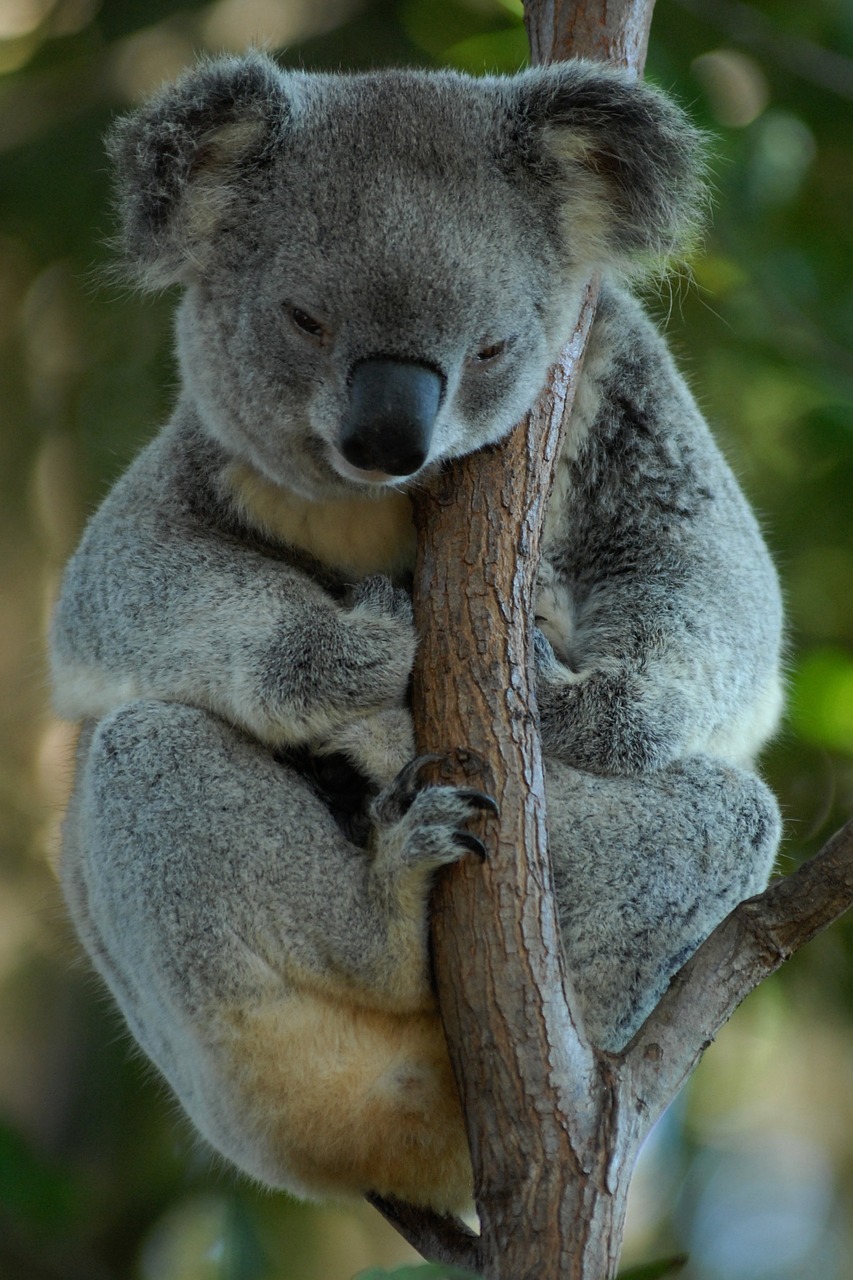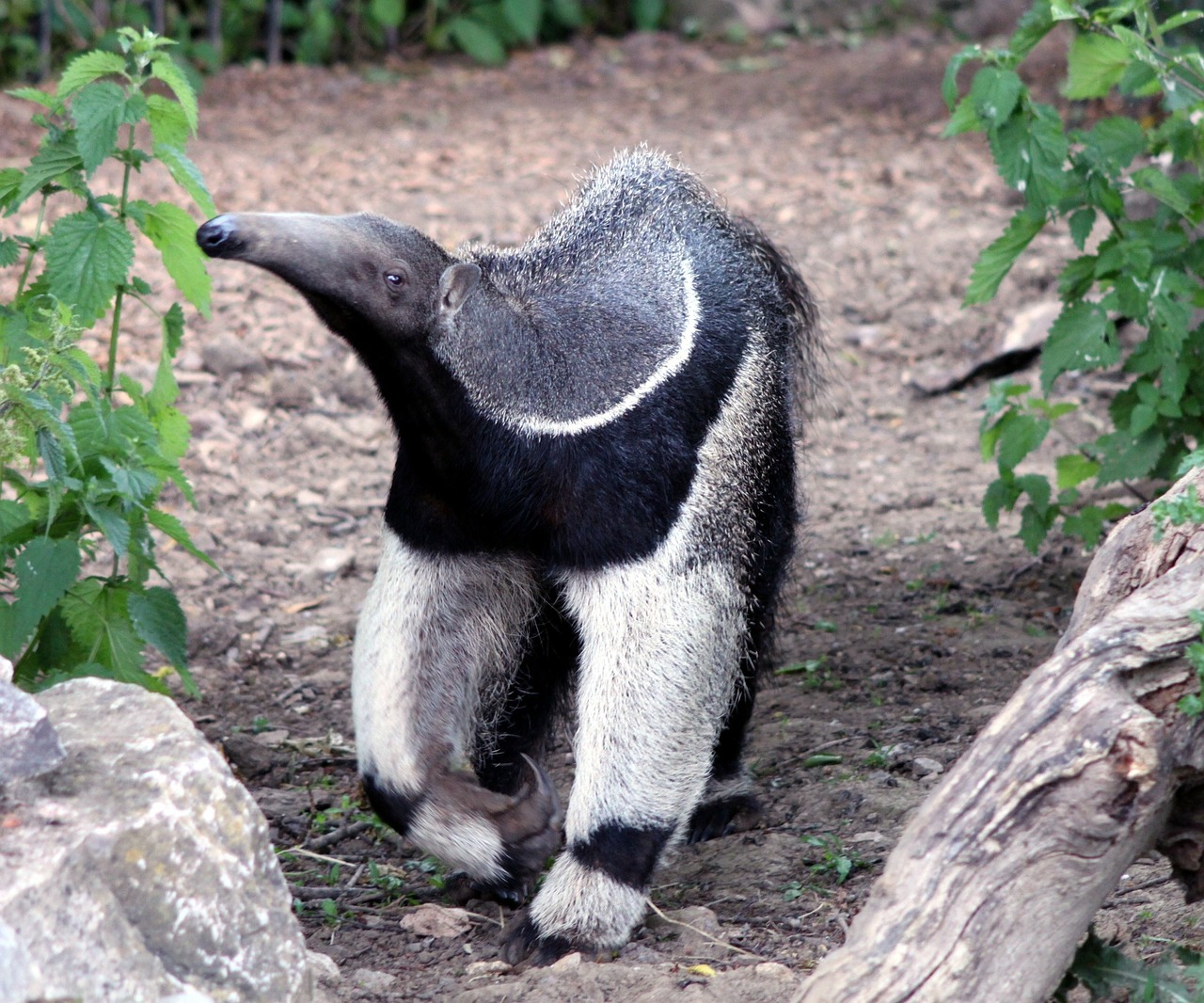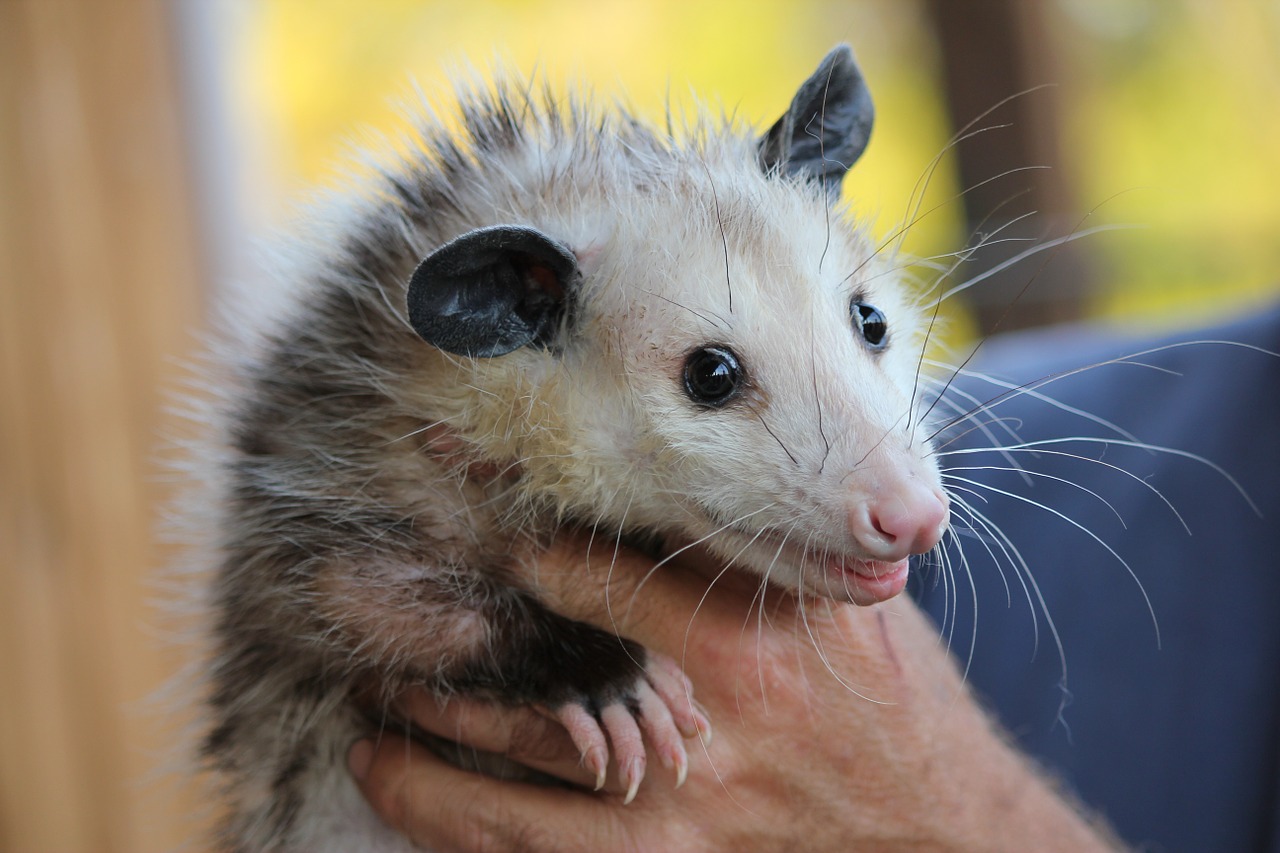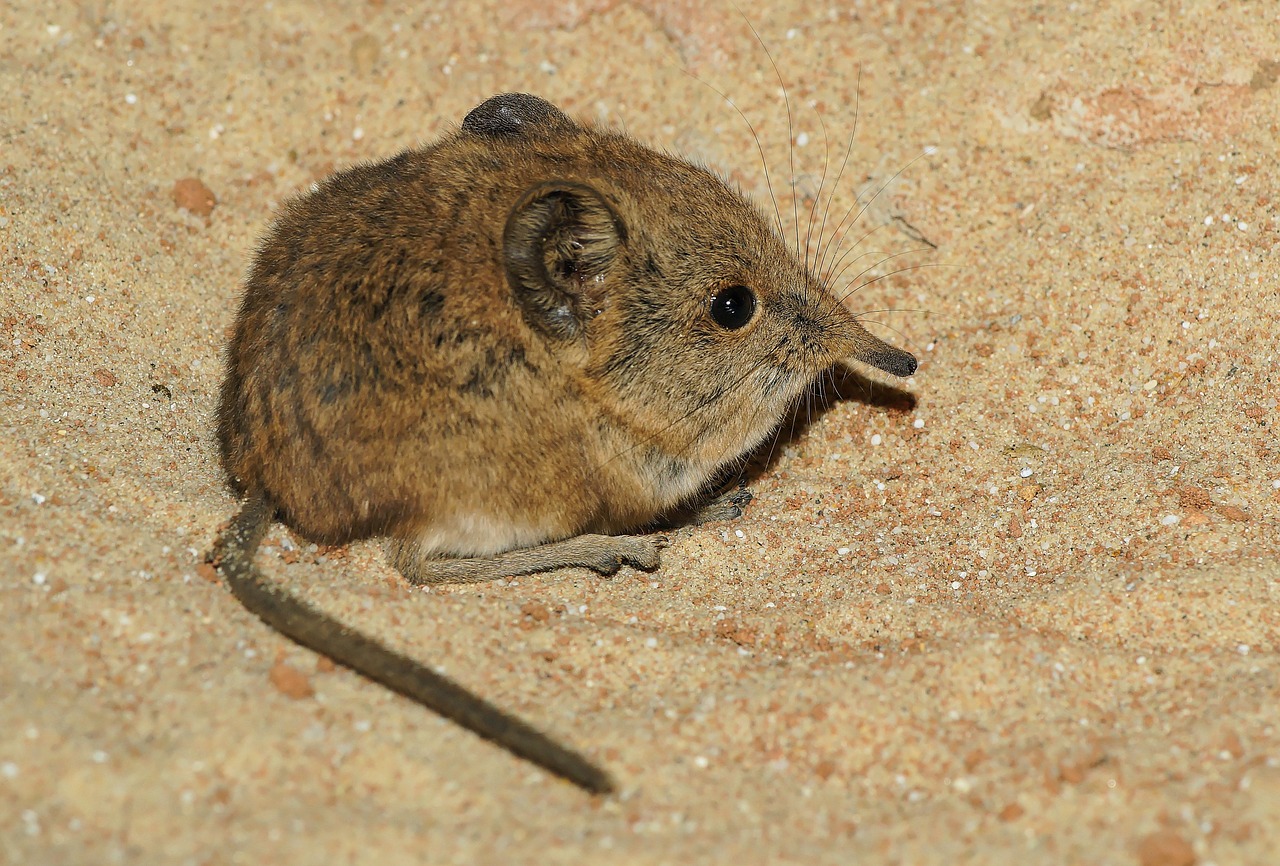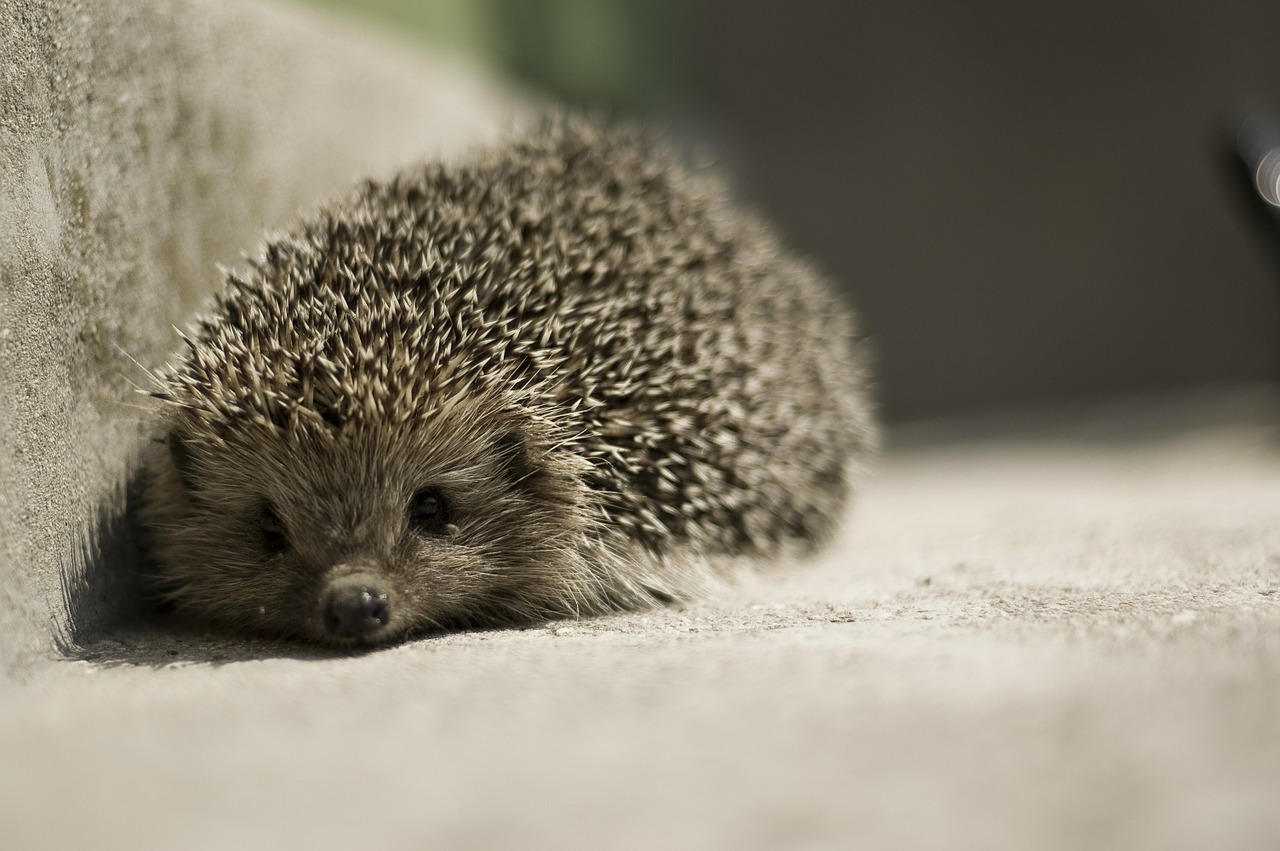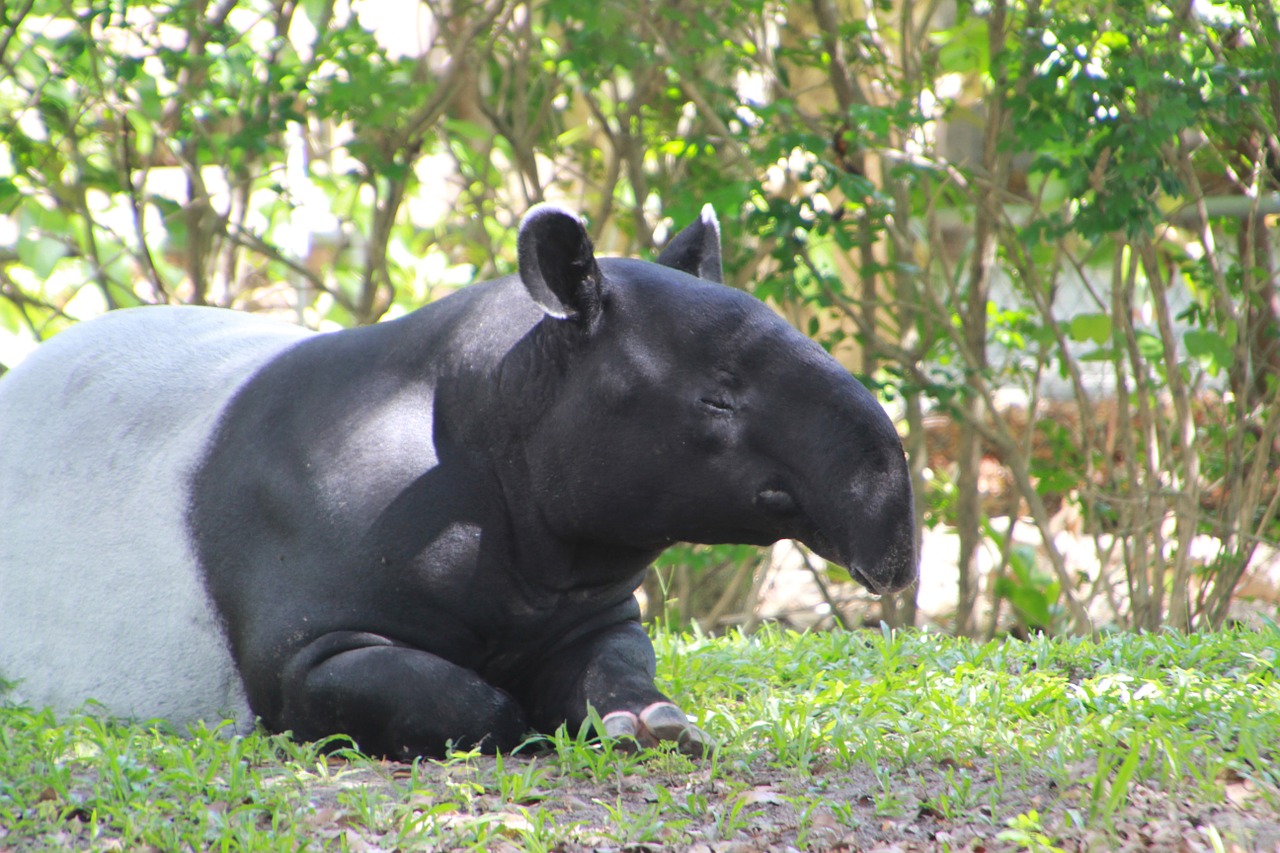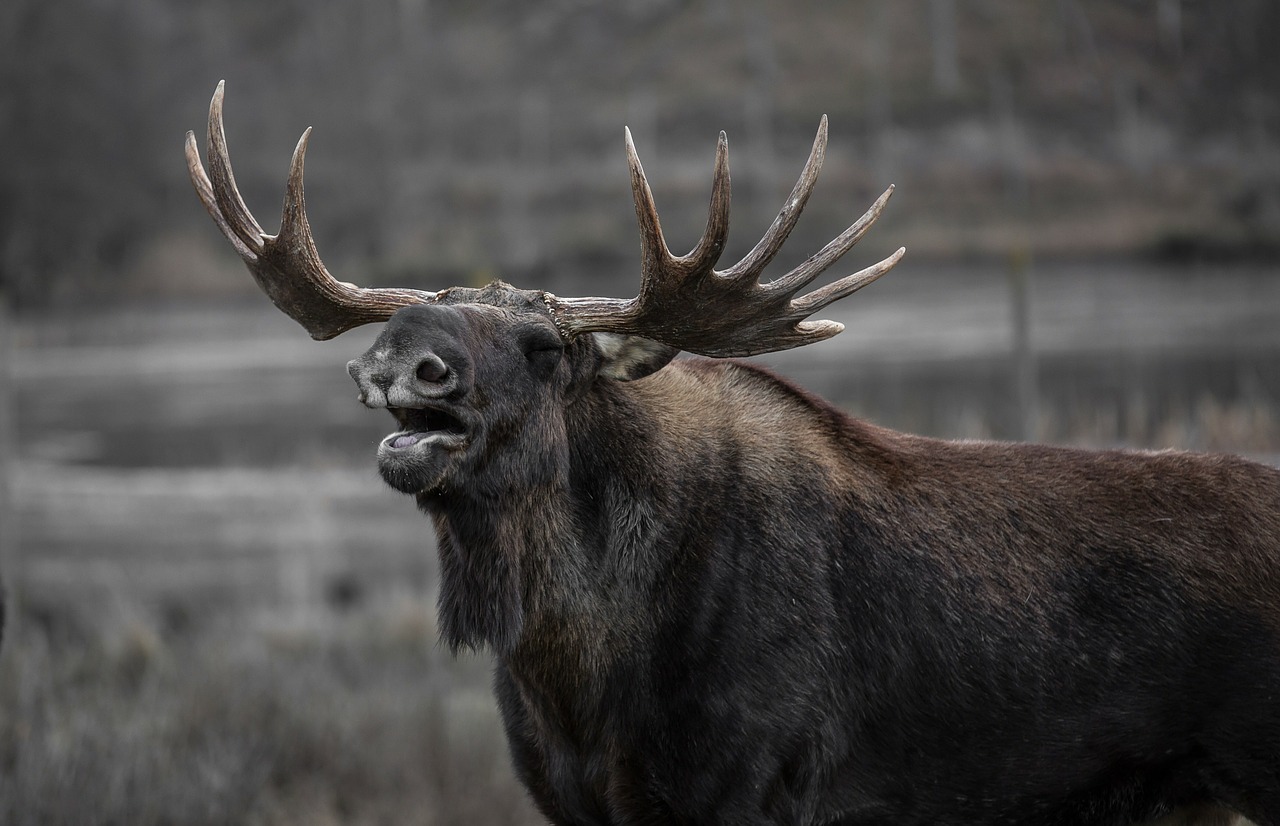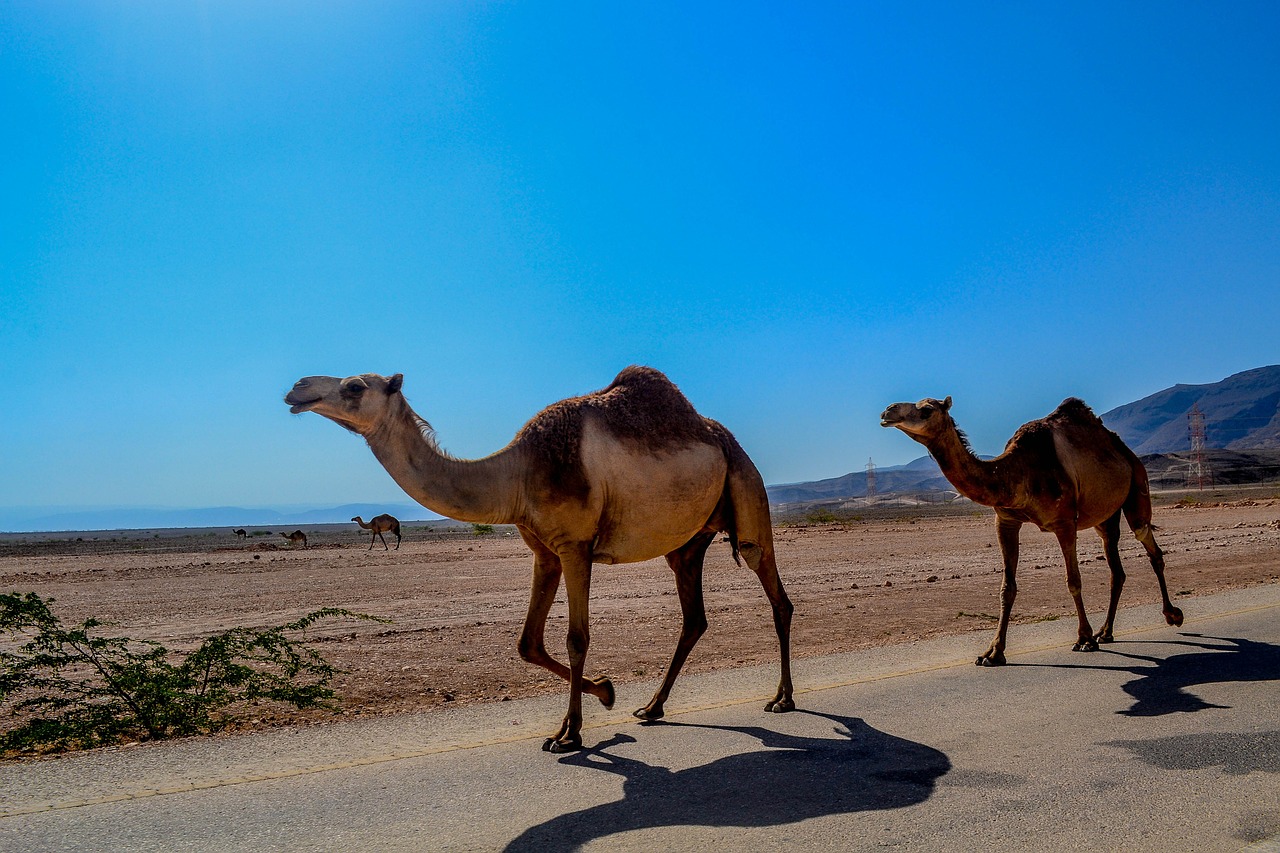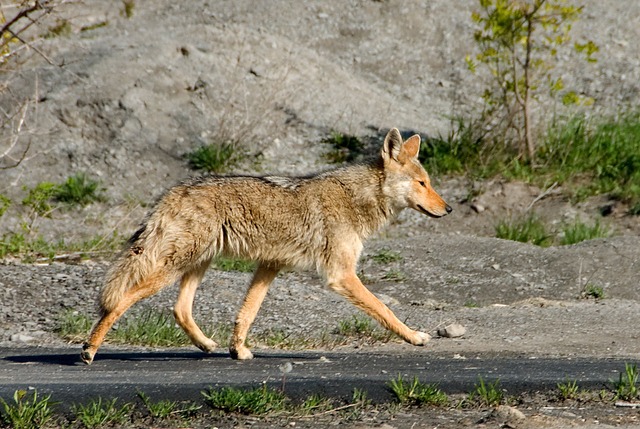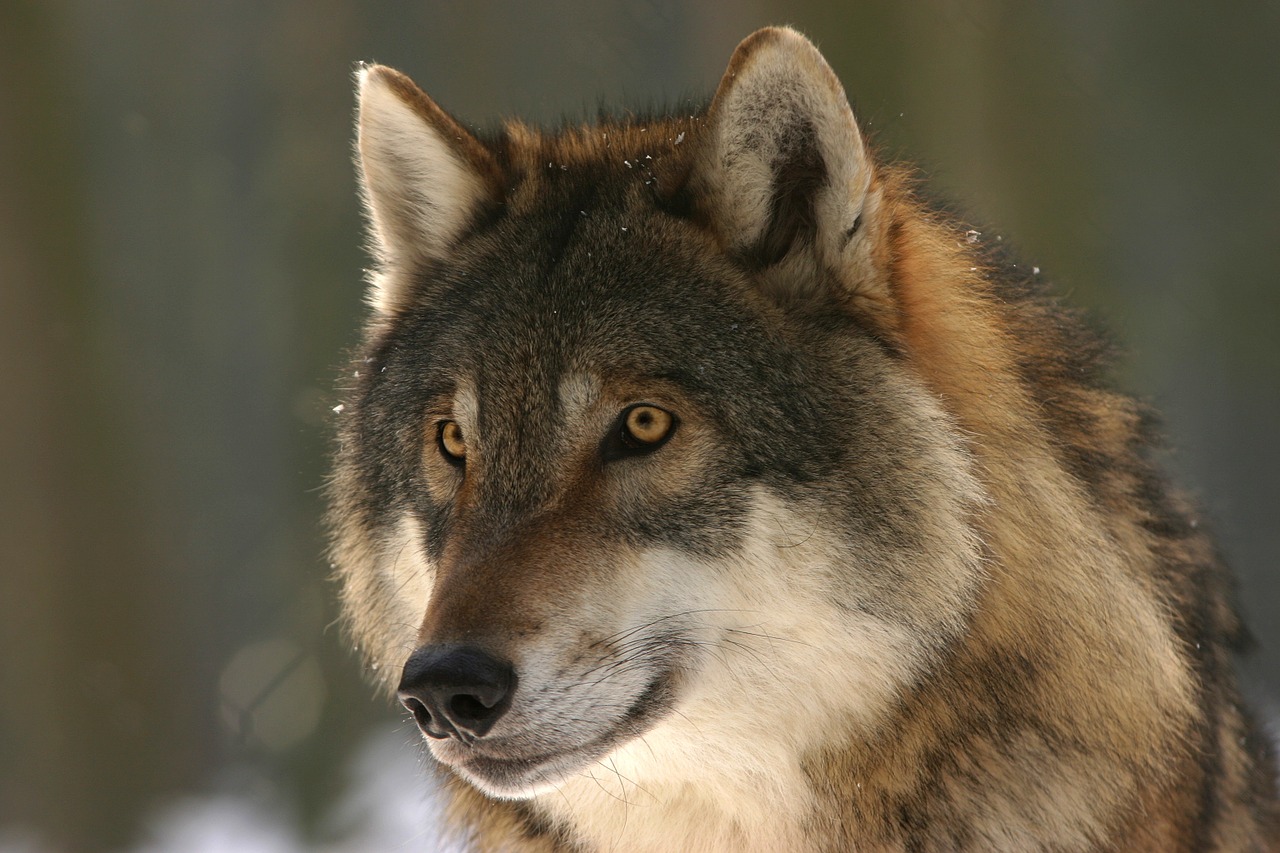Scientific classification: The koala is the only member of the family Phascolarctidae. It is classified as Phascolarctos cinereus. Introduction The Koala is a tree dwelling marsupial with a specialized diet consisting almost exclusively of the leaves of eucalyptus trees. Koalas are native to Aus
Browse more
Scientific classification: Anteaters make up the family Myrmecophagidae. The giant anteater is classified as Myrmecophaga tridactyla. Introduction Anteaters is the usual name for any of the four insect-eating mammals of Mexico, Central America, and South America, having a long head with a long, tubu
Scientific classification: Opossums make up the family Didelphidae, of the order Marsupialia. The common Virginia opossum is classified as Didelphis virginiana, the yapock as Chironectes minimus. Introduction The Opossum is the usual name for any of 77 marsupial mammals found only in the Western Hem
Scientific classification: Shrews make up the family Soricidae in the order Insectivora. Long-tailed shrews belong to the genus Sorex. Short-tailed shrews belong to the genus Blarina. Introduction Shrew are small mammal with a long pointed nose, the shrew is related to the mole. More than 240 spec
Scientific classification: Hedgehogs belong to the family Erinaceidae. Eurasian hedgehogs are classified in the genus Erinaceus, African hedgehogs in the genus Atelerix. Introduction The hedgehog is the usual name for any of several spiny mammals that are similar in appearance to the porcupine, but
classification: Tapirs make up the genus Tapirus and the family Tapiridae in the order Perissodactyla. Introduction Tapir are ungulate mammal with a bulky body, short legs, a short tail, and a head characterized by a short, flexible proboscis, small eyes, and erect ears. The animals live in dense fo
Scientific classification: The moose is a member of the deer family, Cervidae, and is classified as Alces alces. Introduction The Moose is a usual name for the largest member of the deer family. The name moose, given by the Algonquin, a native North American tribe, means “eater of twigs,” reflec
Scientific classification: Camels belong to the family Camelidae, which also includes llamas, alpacas, guanacos, and vicuñas. Camels make up the genus Camelus. Introduction The Camel is a large cud-chewing mammal with one or two humps on the back, found in the arid regions of Africa, Asia, and Aust
Scientific classification: The coyote belongs to the family Canidae. It is classified as Canis latrans. Introduction Coyote is the name for a carnivore now widespread in North America and closely related to the wolf. The coyote has erect, pointed ears; a long snout; and green, wolflike eyes. what do
Scientific classification: The wolf belongs to the family Canidae. The gray wolf is classified as Canis lupus, the Mexican gray wolf as Canis lupus baileyi, and the red wolf as Canis rufus. Introduction The Wolf is a large carnivore related to the jackal and domestic dog. Wolves are known for their

